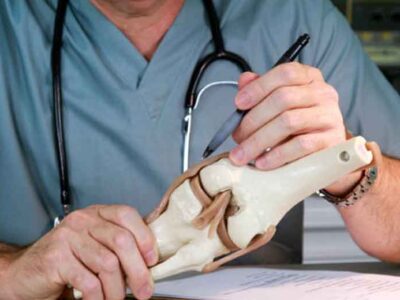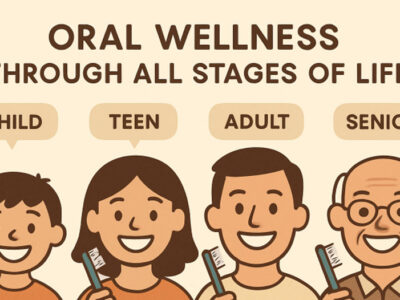Emergencies can happen anywhere – at home, at work, or even while running errands. Being prepared with the right knowledge can make all the difference. Life-saving certification courses are designed to teach you practical skills that could help save lives in critical moments.
In this article, you’ll discover what these courses offer and why they’re so valuable for both personal and professional growth.
Understanding Life-Saving Certification Courses
Life-saving certification courses train people to handle medical emergencies with confidence. They include lessons on CPR and First Aid, choking response, bleeding control, and how to use automated external defibrillators (AEDs).
These classes are short but very hands-on. The goal is simple – to give you the knowledge and courage to help someone in need before medical help arrives.
Learning CPR: A Vital Life-Saving Skill
Cardiopulmonary Resuscitation (CPR) is one of the most important parts of life-saving training. CPR helps restore breathing and blood flow to a person whose heart has stopped. You’ll learn how to give chest compressions, perform rescue breaths, and adapt your technique for adults, children, and infants.
Time is critical during cardiac arrest. Without oxygen, brain damage can start in just a few minutes. Knowing how to perform CPR quickly can double or even triple a person’s chance of survival.
First Aid: Managing Common Injuries
First aid is another key focus of these courses. It teaches you how to handle injuries like burns, cuts, sprains, or broken bones. You’ll learn wound care, how to stop bleeding, and how to support someone with a fracture until help arrives.
Beyond emergencies, these skills are useful in everyday life. From sports injuries to minor home accidents, first aid knowledge helps you act fast and prevent things from getting worse.
Using AEDs: Responding to Cardiac Emergencies
An Automated External Defibrillator (AED) is a small device that delivers a controlled electric shock to restart a person’s heart. You’ll often see AEDs in schools, offices, or malls. Life-saving certification courses teach you how to use them correctly and safely.
During training, you’ll learn to identify cardiac arrest, follow the AED’s voice instructions, and work alongside CPR. When used together, CPR and AEDs can greatly increase survival chances.
Gaining Confidence and Readiness
Beyond technical skills, these courses help build confidence. In a crisis, panic is normal – but training teaches you to stay calm and think clearly. You’ll know exactly what to do, how to ask for help, and how to guide others.
You’ll also practice teamwork. Most emergencies require cooperation, so you’ll learn to communicate and coordinate actions with others.
The Value of Certification
Certification gives you official proof of your training and shows that you can respond in an emergency. Many workplaces – such as schools, gyms, and hospitals – require certified individuals to maintain safety standards. Even if it’s not a requirement, it’s a great addition to your resume and shows responsibility.
Certifications usually last one to two years. Renewing your training helps keep your knowledge up to date and your response skills sharp.
Take the Step to Be Prepared
Life-saving certification courses give you the tools and confidence to help in emergencies. You’ll learn CPR, first aid, and AED use – all essential for saving lives. These skills aren’t just for professionals; they’re for anyone who wants to be prepared.
Start your training today and take the first step toward becoming someone others can count on. A few hours of learning could make you the reason someone survives tomorrow.
Found this article useful? Keep browsing the rest of this section for more.

















